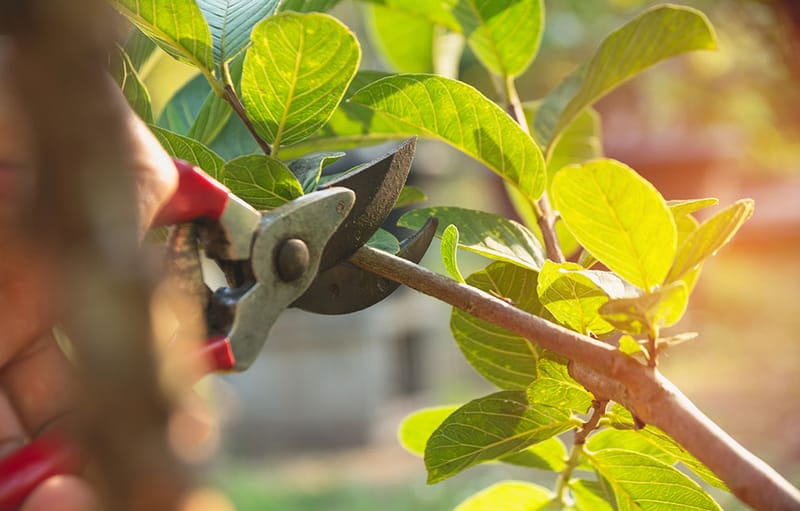Why Should I Prune?

Proper pruning creates more beautiful, healthy trees and can increase the life span and productivity of fruit and shade trees. Unpruned or poorly pruned trees can often be safety hazards that endanger people and property.
Pruning is both art and science. Topiary, the art of pruning plants to achieve unusual shapes, and bonsai are good examples of "plant art" requiring special pruning techniques. However, even these unusual plant forms use the same basic scientific principles of pruning.
This publication will provide you with the knowledge to begin pruning properly. With this knowledge, you can develop a more artistic pruning style based upon your personal preferences and experience.
Orchard pruning differs from landscape tree pruning. The purpose of pruning in an orchard is to maximize economic return and stimulate early fruit production.
Landscape tree pruning is usually intended to maintain a tree's natural form, health, and longevity and to minimize hazards that develop from improper pruning and unrestricted branch growth.
Pruning to reduce a tree's size is sometimes necessary but often indicates that the wrong tree was selected for the specific landscape site.
If size-reduction pruning is needed in landscape trees, follow the proper pruning information provided in this publication to minimize the reduction in tree health and prevent the development of hazardous branches and poor branch attachment that can result in property damage or personal injury.



